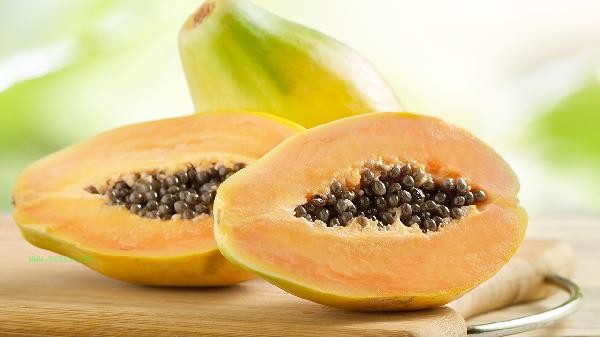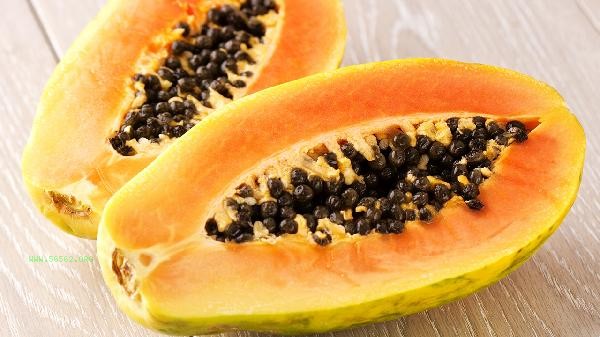The market price of papaya honey diced orange is generally between 10 yuan and 30 yuan per kilogram, and the actual price is influenced by various factors such as origin, season, quality, transportation costs, and sales channels.

As a high-quality citrus fruit, the price fluctuation of papaya and honey orange is closely related to the climate conditions in the production area. The main production areas have relatively low prices during the harvest season due to sufficient supply, while prices may increase significantly during off-season or natural disasters. Quality indicators such as fruit appearance integrity, sugar content, and single fruit weight can also affect pricing. Typically, high-quality fruits with larger diameter, smooth skin, and high sweetness can be sold for more than twice as much as regular fruits. Cold chain transportation and cross regional sales will increase logistics costs, and the prices of boutique supermarkets in first tier cities are often higher than those in surrounding agricultural markets. E-commerce platform promotions and bulk purchases in wholesale markets can offer certain price discounts, but attention should be paid to differences in freshness. The price differences are quite significant in different sales scenarios. Large chain supermarkets usually have higher unit prices than community fruit stores due to strict quality control and brand premium. The surge in consumer demand before and after holidays may lead to short-term price increases, and the final goods approaching the shelf life may be cleared at half price. Imported papaya and honey oranges are generally more expensive than similar domestic products due to higher tariffs and transportation costs. Consumers can obtain higher cost-effectiveness by comparing different purchasing channels, choosing seasonal products, and following promotional information. When purchasing, it is recommended to choose fruits with a tight and shiny skin and a heavy texture to avoid inferior products with bruised or soft skin. Papaya honey orange is rich in vitamin C and dietary fiber. Moderate consumption can help enhance immunity, but those with weak gastrointestinal function should control their intake to avoid discomfort. It is recommended to alternate consumption with other fruits to ensure nutritional balance. Storing in a cool and ventilated place can extend the shelf life. After cutting, it should be refrigerated and consumed as soon as possible. When making a purchase, there is no need to overly pursue oversized fruits. Medium sized fruits often have a richer flavor. In daily life, the flesh can be made into juice or fruit salad to enrich dietary diversity.










Comments (0)
Leave a Comment
No comments yet
Be the first to share your thoughts!